Content Menu
● Fabric and Material Composition
>> Swimwear Fabrics
>> Underwear Fabrics
● Design and Construction
>> Swimwear Design
>> Underwear Design
● Functionality and Purpose
>> Swimwear Functionality
>> Underwear Functionality
● Aesthetic Considerations
>> Swimwear Aesthetics
>> Underwear Aesthetics
● Care and Maintenance
>> Swimwear Care
>> Underwear Care
● Social and Cultural Considerations
>> Swimwear in Society
>> Underwear in Society
● Innovation and Technology
>> Swimwear Innovations
>> Underwear Innovations
● Economic Aspects
>> Swimwear Market
>> Underwear Market
● Conclusion
● Reference:
In the realm of personal attire, swimwear and underwear are two categories that often spark confusion and curiosity. While both serve to cover intimate areas of the body, they are designed for vastly different purposes and environments. This article delves deep into the nuanced distinctions between swimwear and underwear, exploring their unique characteristics, functionalities, and societal perceptions.
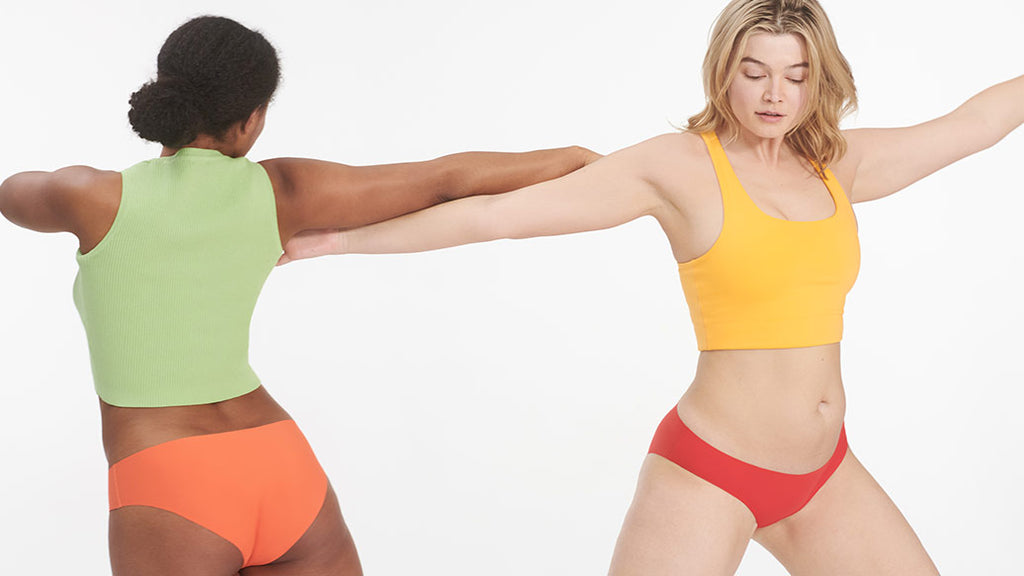
Fabric and Material Composition
One of the most fundamental differences between swimwear and underwear lies in the fabric and materials used in their construction. This distinction is crucial as it directly impacts the garment's performance in its intended environment.
Swimwear Fabrics
Swimwear is engineered to withstand the harsh conditions of water exposure, chlorine, and sun. The materials used are specifically chosen for their quick-drying properties, durability, and resistance to water damage 1. Common fabrics used in swimwear include:
◆ Polyester: Known for its excellent chlorine resistance and color retention.
◆ Nylon: Offers great stretch and recovery, ideal for form-fitting swimsuits.
◆ Spandex/Elastane: Provides the necessary elasticity for a snug fit and freedom of movement.
◆ Lycra: A brand name for a type of spandex, known for its exceptional elasticity.
These materials are often blended to create the perfect balance of comfort, durability, and functionality. For instance, a typical swimsuit might be composed of 80% nylon and 20% spandex, offering both stretch and quick-drying capabilities.
Underwear Fabrics
In contrast, underwear is designed for daily wear and prioritizes comfort, breathability, and moisture absorption. The most common fabrics used in underwear production include:
◆ Cotton: Prized for its softness, breathability, and moisture-wicking properties.
◆ Modal: A semi-synthetic fabric known for its exceptional softness and durability.
◆ Microfiber: A synthetic material that offers a silky feel and excellent moisture management.
◆ Silk: A luxurious natural fiber that provides comfort and a smooth feel against the skin.
Unlike swimwear, underwear fabrics are not designed to be submerged in water or to dry quickly. Instead, they focus on providing all-day comfort and maintaining a dry environment next to the skin 2.
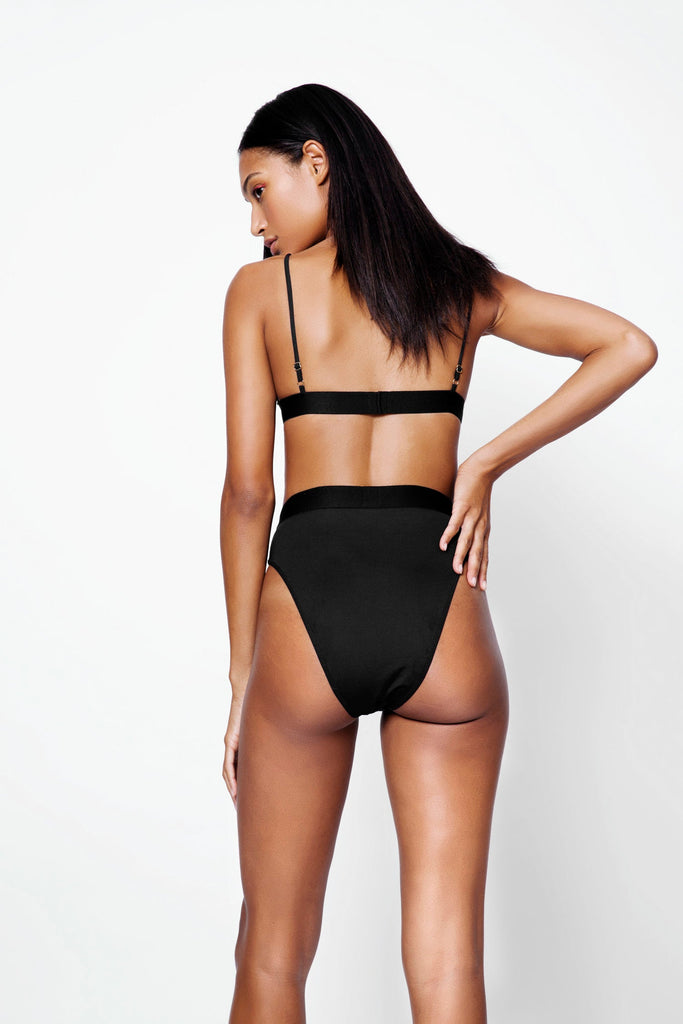
Design and Construction
The design and construction of swimwear and underwear differ significantly, reflecting their distinct purposes and usage environments.
Swimwear Design
Swimwear is engineered to provide coverage, support, and functionality in aquatic environments. Key design elements include:
◆ Reinforced seams to withstand the stress of water activities.
◆ Strategic paneling for support and shaping.
◆ Built-in linings for modesty and comfort when wet.
◆ UV-protective fabrics in many modern designs.
◆ Styles ranging from full-coverage options to more revealing cuts like bikinis and thongs.
Swimwear often incorporates features like adjustable straps, removable pads, and tummy control panels to enhance fit and functionality. The construction is robust, with double-stitched seams and durable elastics to ensure longevity even with frequent exposure to water and sun 3.
Underwear Design
Underwear, on the other hand, is designed for everyday wear under clothing. Its construction prioritizes comfort, support, and discretion. Key design elements include:
◆ Soft, flat seams to prevent chafing and visible lines under clothing.
◆ Varying levels of coverage and support, from full briefs to thongs.
◆ Elastic waistbands and leg openings for a secure fit.
◆ Breathable panels or gussets in women's underwear for hygiene and comfort.
◆ Styles designed to complement different outfits and body types.
Underwear design often focuses on creating a smooth silhouette under clothing, with seamless options and laser-cut edges becoming increasingly popular for their invisible appearance under tight-fitting garments.

Functionality and Purpose
The primary functions of swimwear and underwear are distinctly different, which significantly influences their design and usage.
Swimwear Functionality
◆ Designed for water activities: Swimming, diving, surfing, and other aquatic sports.
◆ Provides coverage and support during active movement in water.
◆ Offers protection from sun exposure (especially with UPF-rated fabrics).
◆ Resists degradation from chlorine, saltwater, and sun exposure.
◆ Often designed to enhance athletic performance in competitive swimming.
Underwear Functionality
◆ Provides a hygienic barrier between the body and outer clothing.
◆ Offers support and shaping for comfort throughout the day.
◆ Absorbs body moisture and helps regulate temperature.
◆ Protects outer clothing from body oils and secretions.
◆ Provides modesty and coverage under sheer or lightweight clothing.
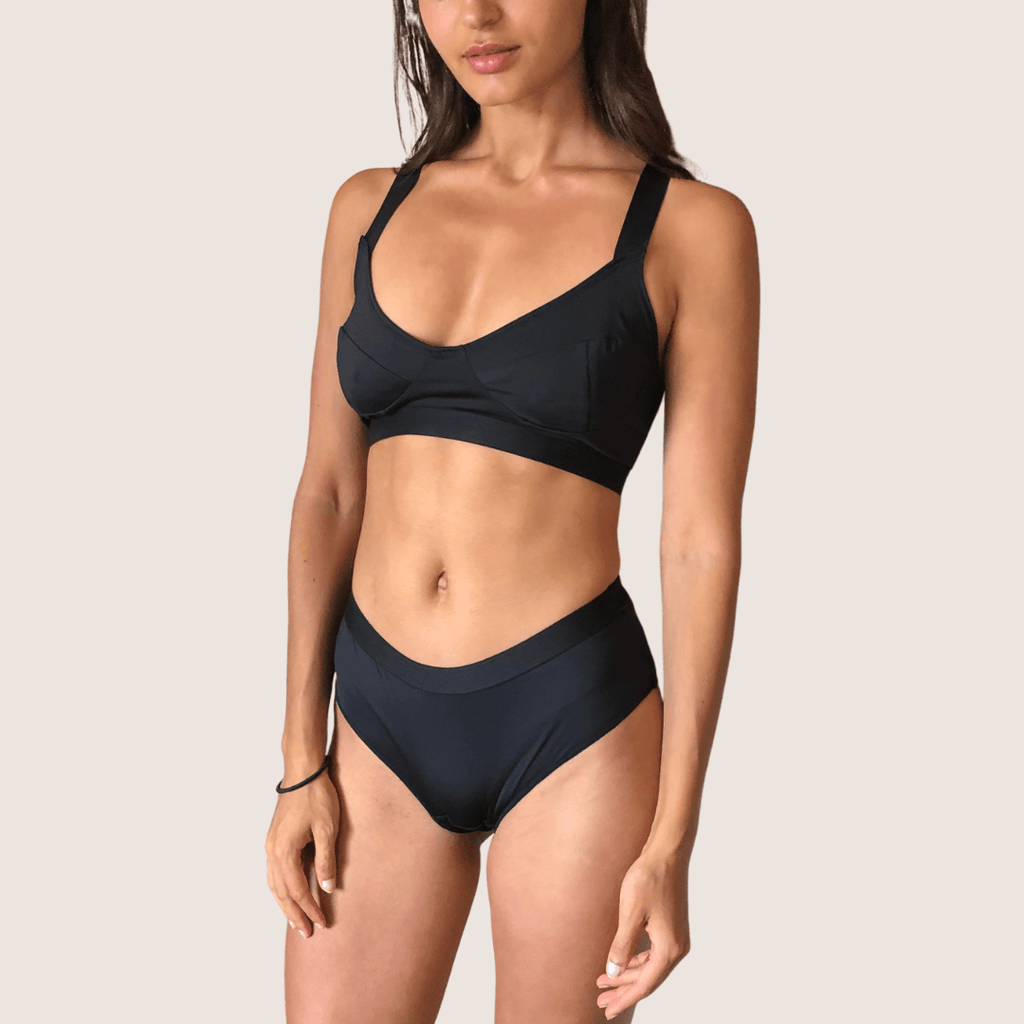
Aesthetic Considerations
While both swimwear and underwear come in a variety of styles and designs, their aesthetic considerations differ based on their intended use and visibility.
Swimwear Aesthetics
Swimwear is designed to be seen and often makes bold fashion statements. It frequently features:
◆ Bright colors and vibrant patterns.
◆ Trendy designs that reflect current fashion movements.
◆ Embellishments like ruffles, cut-outs, and hardware details.
◆ Styles that complement different body types and personal preferences.
As swimwear is worn in public settings, its design often aims to flatter the wearer's figure and make a visual impact. Designers create collections that cater to various tastes, from classic one-piece suits to daring bikinis and everything in between 4.
Underwear Aesthetics
While underwear can be fashionable and attractive, its primary design focus is on comfort and functionality. Aesthetic considerations for underwear include:
◆ A range of colors, from neutral tones to bold hues.
◆ Patterns and prints for personal expression.
◆ Lace, mesh, and other decorative elements for special occasions.
◆ Seamless designs for an invisible look under clothing.
Unlike swimwear, the aesthetic appeal of underwear is typically for the wearer's personal satisfaction or intimate settings, rather than public display.
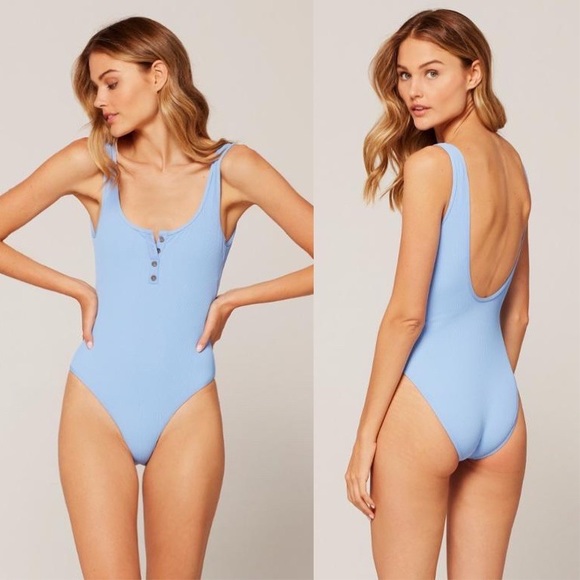
Care and Maintenance
The care and maintenance requirements for swimwear and underwear differ significantly due to their distinct materials and usage patterns.
Swimwear Care
◆ Rinse thoroughly after each use to remove chlorine, salt, or sand.
◆ Hand wash in cool water with mild detergent.
◆ Avoid wringing or twisting to prevent damage to the fabric's elasticity.
◆ Air dry away from direct sunlight to prevent fading and fabric degradation.
◆ Store in a cool, dry place to prevent mildew growth.
Proper care of swimwear is crucial to maintain its shape, elasticity, and color vibrancy, especially given its exposure to harsh elements 5.
Underwear Care
◆ Machine wash in warm or cold water, depending on the fabric.
◆ Use a gentle cycle and mild detergent.
◆ Separate light and dark colors to prevent bleeding.
◆ Tumble dry on low heat or air dry for delicate fabrics.
◆ Replace regularly to maintain hygiene and support.
The care routine for underwear is generally simpler than that of swimwear, but regular washing and proper storage are essential for maintaining hygiene and extending the life of the garments.
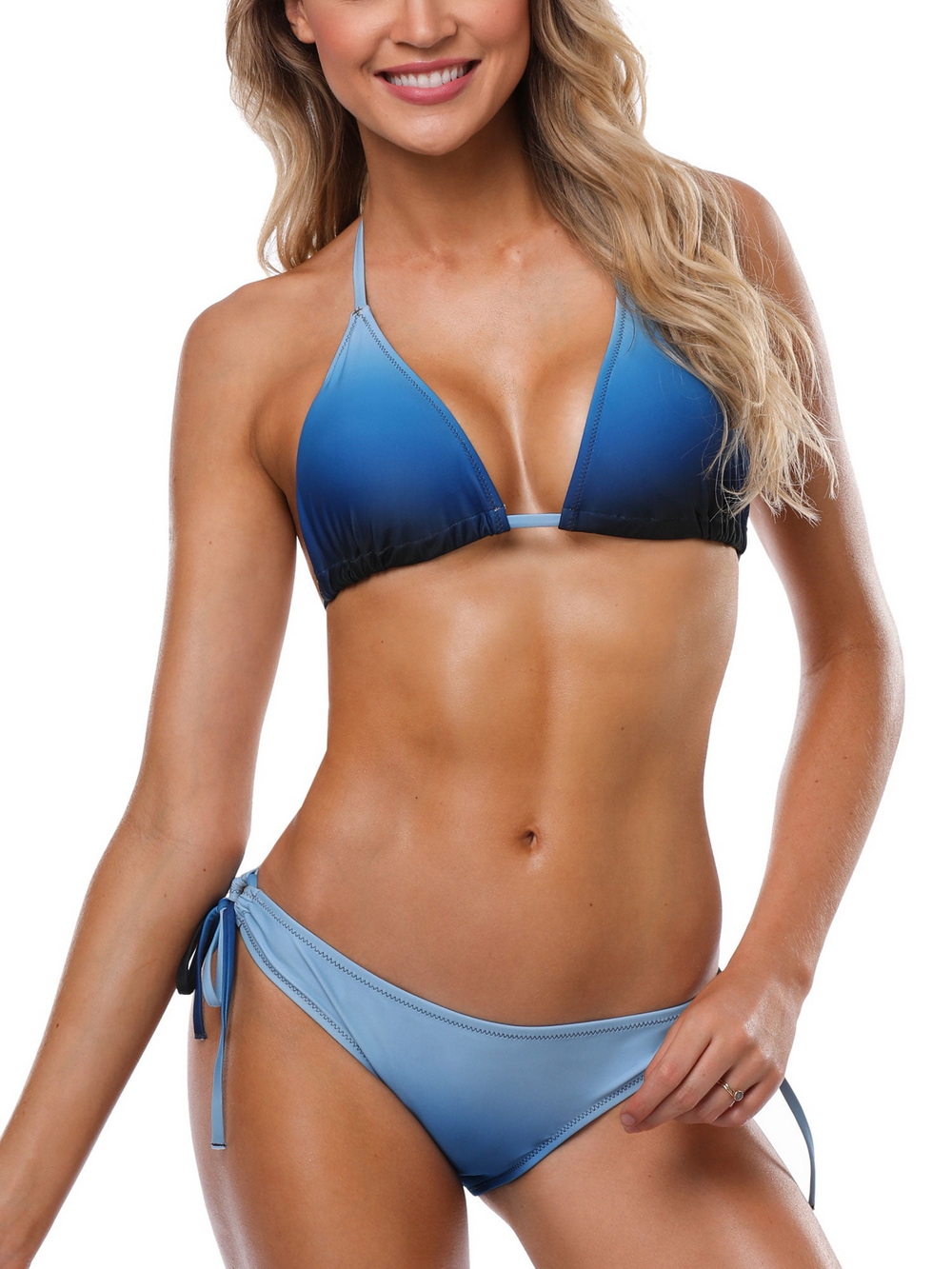
Social and Cultural Considerations
The social and cultural perceptions of swimwear and underwear vary significantly, influencing when and where they are considered appropriate to wear.
Swimwear in Society
◆ Acceptable for public wear in beach and pool settings.
◆ Subject to cultural norms regarding modesty and appropriate coverage.
◆ Often seen as a fashion statement, with trends changing seasonally.
◆ Can be a source of body confidence or anxiety in public settings.
Underwear in Society
◆ Primarily considered private attire, not meant for public display.
◆ Highly personal, with choices reflecting individual comfort and style preferences.
◆ Subject to cultural taboos and norms regarding discussion and visibility.
◆ Sometimes used as outerwear in certain fashion trends, challenging traditional boundaries.
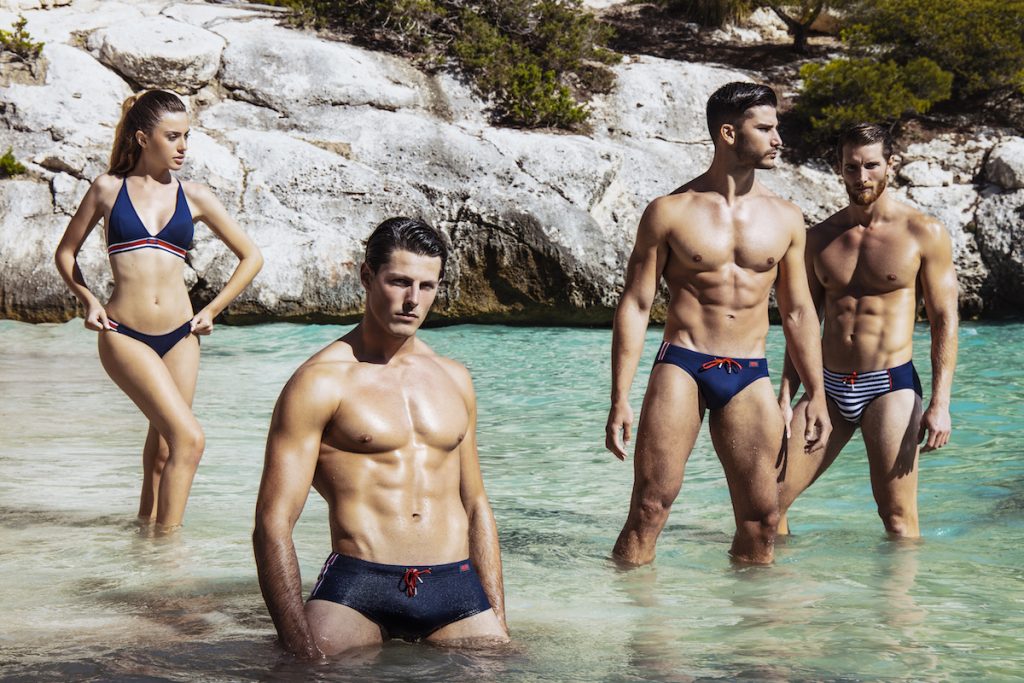
Innovation and Technology
Both swimwear and underwear industries have seen significant technological advancements in recent years, albeit with different focuses.
Swimwear Innovations
◆ Development of chlorine-resistant fabrics for longer-lasting swimsuits.
◆ Integration of compression technology for competitive swimming.
◆ Creation of eco-friendly materials made from recycled plastics.
◆ Advancements in UV protection fabrics for sun safety.
Underwear Innovations
◆ Introduction of moisture-wicking and odor-resistant fabrics.
◆ Development of seamless construction techniques for invisible wear.
◆ Creation of smart fabrics that regulate temperature and monitor health metrics.
◆ Advancements in sustainable and biodegradable materials.

Economic Aspects
The economic considerations for swimwear and underwear differ in terms of consumer behavior and industry trends.
Swimwear Market
◆ Often seasonal, with peak sales during summer months.
◆ Higher price points due to specialized fabrics and construction.
◆ Influenced by tourism and travel industry trends.
◆ Growing focus on sustainability and eco-friendly options.
Underwear Market
◆ More consistent year-round sales.
◆ Wide range of price points, from budget to luxury options.
◆ Steady demand due to essential nature of the product.
◆ Increasing emphasis on comfort and functionality in marketing.

Conclusion
While swimwear and underwear may seem similar at first glance, they are distinctly different categories of clothing with unique characteristics tailored to their specific purposes. From the fabrics used in their construction to their design, functionality, and social perceptions, these garments serve different roles in our wardrobes and lives.
Swimwear is engineered for performance in water, with quick-drying, chlorine-resistant fabrics and designs that provide support and coverage during active movement. It is meant to be seen and often makes bold fashion statements, reflecting current trends and personal style.
Underwear, on the other hand, prioritizes comfort, hygiene, and discretion for everyday wear. Its design focuses on providing a smooth silhouette under clothing and maintaining a comfortable, dry environment next to the skin throughout the day.
Understanding these differences is crucial for consumers to make informed choices about their attire, ensuring they select the right garment for the right occasion. As both industries continue to innovate, we can expect to see further advancements in materials, design, and functionality, potentially blurring the lines between categories while still maintaining their distinct purposes.
Ultimately, whether choosing swimwear for a day at the beach or underwear for daily comfort, consumers benefit from the specialized design and technology that goes into creating these essential garments. By appreciating the nuanced differences between swimwear and underwear, we can better understand and value the role each plays in our wardrobe and lifestyle.
Reference:
1 https://somiapparel.com/blogs/news/what-is-the-difference-between-swimwear-and-underwear
2 https://www.iswimwear.com/news/what-is-the-difference-between-underwear-and-swimwear.html
3 https://somiapparel.com/blogs/news/underwear-vs-swimwear
4 https://www.ishine365.com/blogs/to-know-about-swimwear/swimsuits-or-underwear
5 https://swimsuits101.com/do-you-wear-underwear-under-a-bathing-suit/








































































